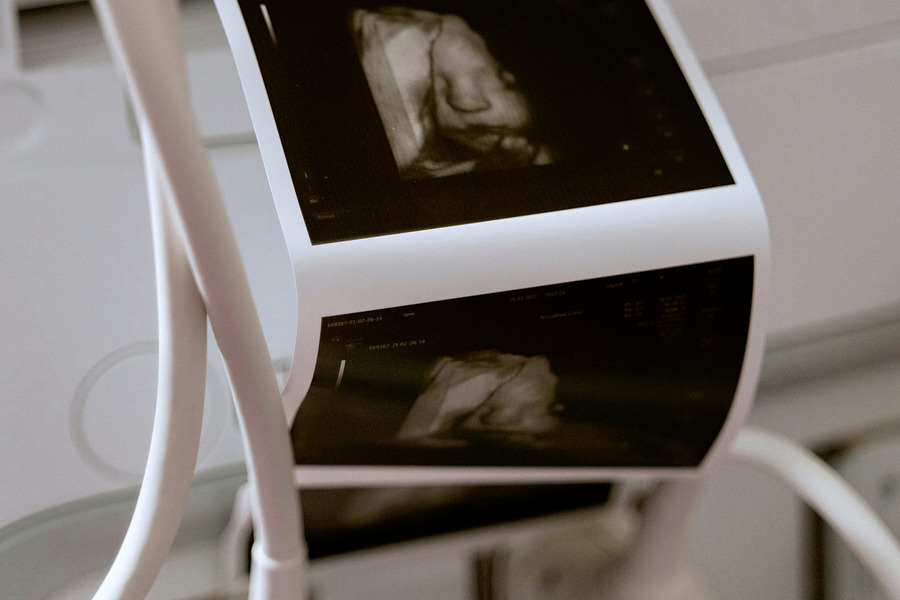Breech Baby Position: What It Means and What to Expect
During pregnancy, most babies move into a head-down position by the last few weeks, preparing for birth. However, sometimes a baby settles in a different way—called the breech position—where the baby’s buttocks or feet point downward instead of the head.
Understanding what breech means, why it happens, and the options for managing it can help mothers feel more informed and reassured.
What Is a Breech Baby?
A breech baby is one that is positioned with the bottom or feet first inside the uterus, rather than the head. Normally, by week 36, most babies turn into a head-down (cephalic) position. If the baby remains breech closer to delivery, doctors may discuss options for turning the baby or planning the safest method of birth.
Types of Breech Positions
There are several breech variations:
Frank Breech
Baby’s buttocks point downward, and legs are straight up in front of the body, with feet near the head.
This is the most common type.
Complete Breech
Baby’s buttocks point downward, with knees bent and feet near the buttocks (sitting cross-legged).
Footling Breech
One or both feet are positioned to come out first.
Less common but can be riskier during delivery.
Why Do Some Babies Stay Breech?
There’s no single reason, but possible factors include:
Premature birth (babies often turn later in pregnancy).
Too much or too little amniotic fluid.
Multiple pregnancy (twins or more).
Abnormal shape of the uterus or presence of fibroids.
Placenta previa (placenta covering the cervix).
Sometimes, no clear reason is found.
How Is a Breech Position Diagnosed?
Physical exam: Your doctor or midwife may feel the baby’s position during an abdominal exam.
Ultrasound: Confirms the baby’s position and checks amniotic fluid, placenta, and overall health.
Options for Managing a Breech Baby
1. External Cephalic Version (ECV)
A procedure done around 36–37 weeks.
The doctor uses gentle pressure on the abdomen to try to turn the baby into a head-down position.
ECV is generally safe, but not always successful.
2. Exercises and Natural Techniques
Some women try specific positions (like the “breech tilt” or spending time on hands and knees) to encourage the baby to turn.
While not always proven, they are safe to try with guidance.
3. Planned Cesarean Section
If the baby stays breech, many doctors recommend a C-section for delivery, especially for footling breech, to reduce risks to the baby.
4. Vaginal Breech Birth
In certain situations and with experienced providers, vaginal breech delivery may be possible.
This decision depends on the type of breech, the baby’s size, and the mother’s health.
Risks Associated With Breech Position
For the baby:
Umbilical cord complications during vaginal delivery.
Risk of birth injuries if delivery is difficult.
For the mother:
Higher chance of needing a C-section.
Increased stress and anxiety about delivery.
With careful monitoring and planning, however, many breech pregnancies result in safe outcomes.
Final Thoughts
A breech baby position can feel worrying, but it’s more common than many expect. Advances in obstetrics, from external cephalic version to safe cesarean delivery, mean that both mothers and babies usually do very well.
If your baby is breech, your doctor will guide you through the safest options. With the right care and support, you can feel confident and prepared for delivery.







